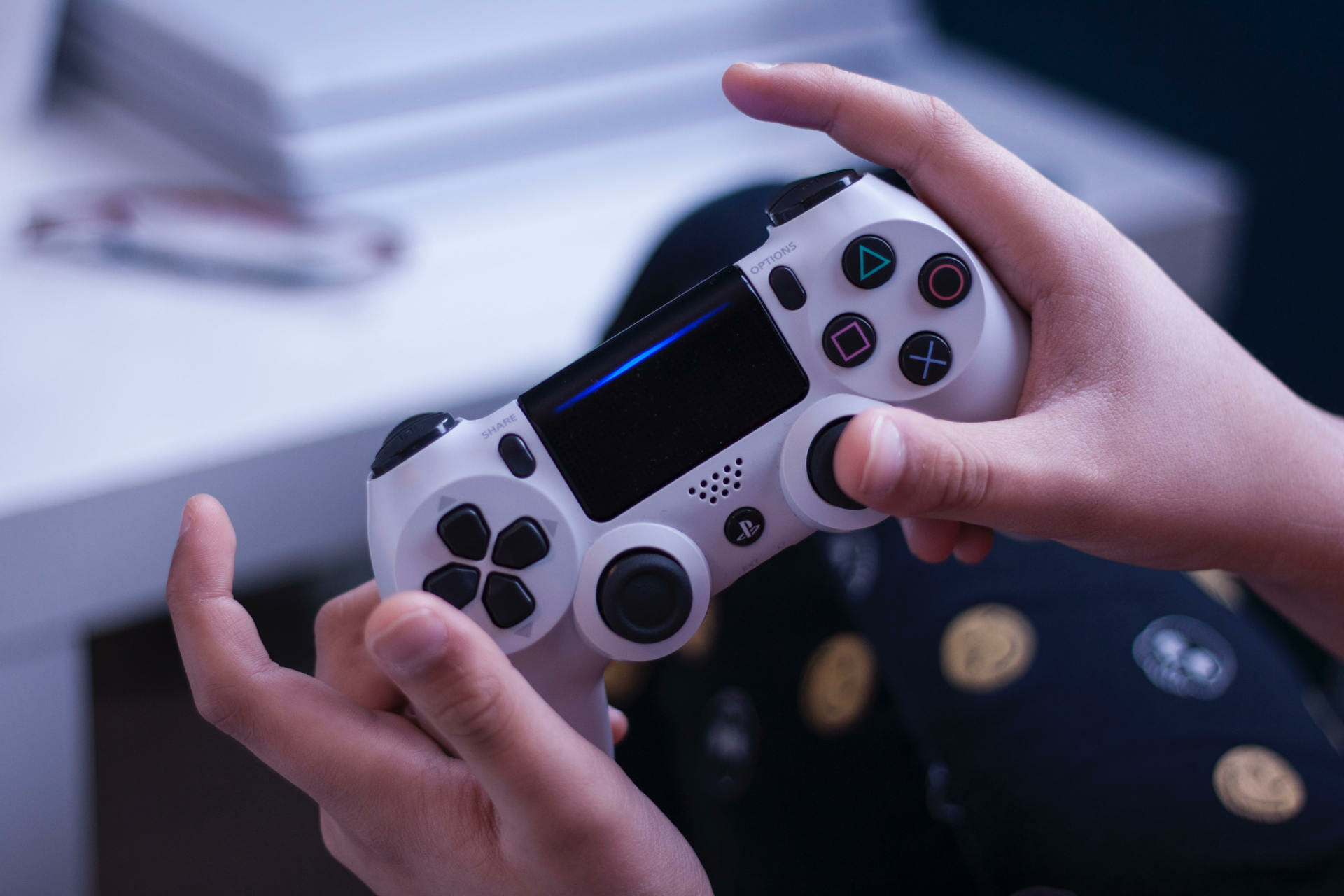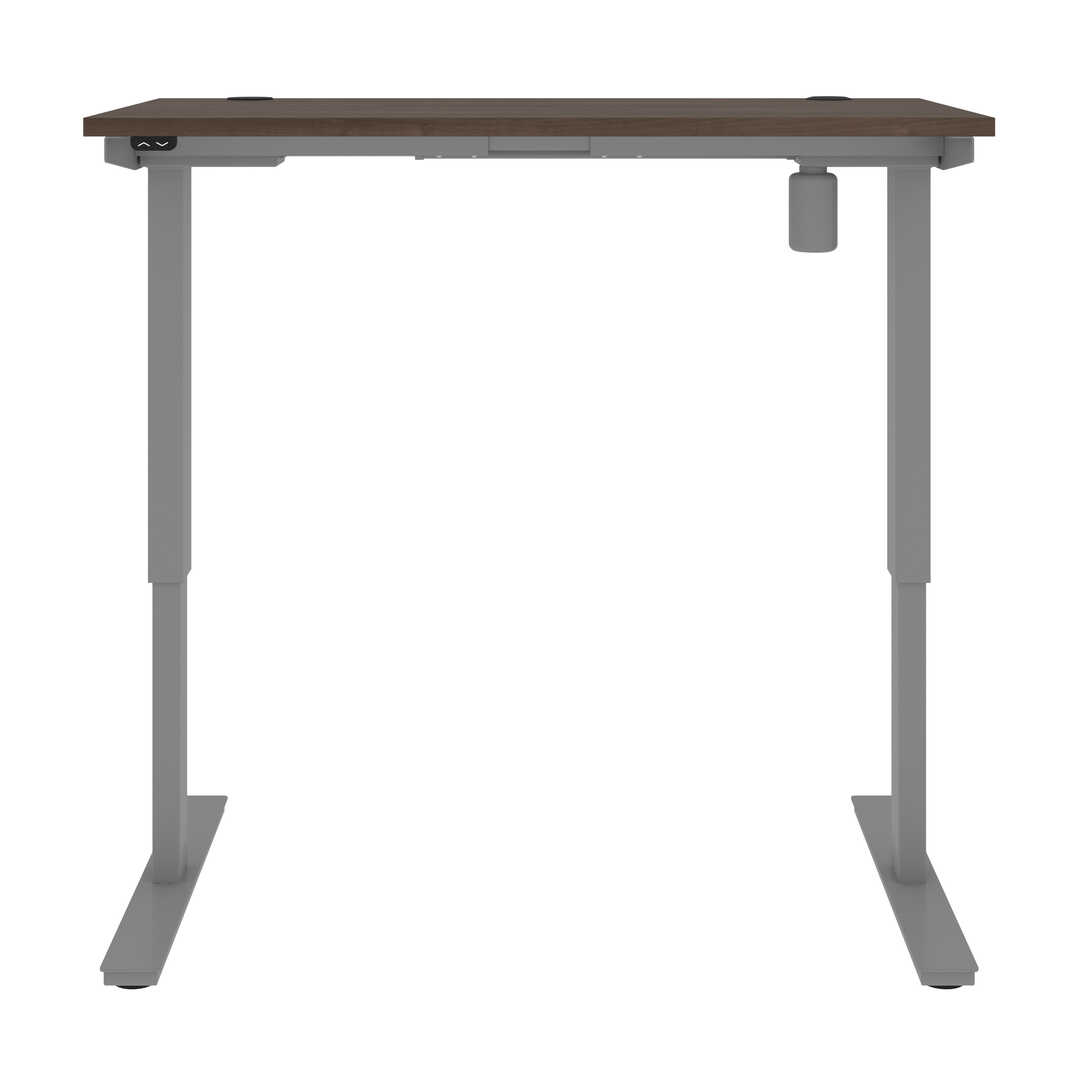Adding a keyboard tray may help to get the keyboard tot he correct height. This is based on your natural posture.
Ergonomic Desk Arm Position, If you desire to add a decorative touch, then this setup is perfect for you as there is more than enough space on the surface of the desk enabling you to have enough room for all your working equipment and yet still have enough space to place any decorative touch. Lower or raise the arm rests so that your shoulders are relaxed and that your elbows are angles to at least 90 degrees at rest.

The improper height and position of your monitor is another factor that causes us to lean forward at our desks. Don�t use a mouse by stretching to the desk or out to the side of a keyboard. The chair should also be set up at the height in. You should have ninety to a hundred and ten degrees at your elbows while sitting at your desk.
Adding a keyboard tray may help to get the keyboard tot he correct height.
Once attached, it’s easy to shift the monitor into portrait or landscape orientation. The upper arm should not be elevated or extended while using the mouse. A straight line should be maintained between the hand and the forearm. How much of your arm should be on the desk? The main variables we’re looking at are friction, mousepad size, and desk surface. There is no right or wrong answer, as it depends on a variety of factors and preferences.
 Source: ergoworksltd.com
Source: ergoworksltd.com
The backrest of your chair should support the natural curve of the back. The other method is putting just your wrist on the desk, but again this places all the pressure on your wrist and median nerve, which will cause carpal tunnel syndrome. Arms should be at a 90° bend with the wrists in a slightly downward (negative) tilt position..
 Source: swofficefurniture.com
Source: swofficefurniture.com
The backrest of your chair should support the natural curve of the back. You should have ninety to a hundred and ten degrees at your elbows while sitting at your desk. As a result, the muscle load is minimized and you are. Here are 5 ways i�ve improved my computer desk ergonomics. Look toward the bottom of your keyboard.
 Source: pinterest.com
Source: pinterest.com
Here are 5 ways i�ve improved my computer desk ergonomics. Lower or raise the arm rests so that your shoulders are relaxed and that your elbows are angles to at least 90 degrees at rest. Ergonomics is all about making sure that there’s a perfect fit between a product, the purpose it’s used for, and the person using it. Use.
 Source: wrightpt.com
Source: wrightpt.com
The improper height and position of your monitor is another factor that causes us to lean forward at our desks. Ideally, when you’re typing on a keyboard at your desk, your arms and wrists would be in a neutral position: (2) keyboard and mouse should be placed in line with the elbows. Instead, the upper arm is comfortably tucked next.
 Source: santaclaracustomchiro.com
Source: santaclaracustomchiro.com
Place the monitor directly in front of you, about an arm�s length away. My wrists, back, and legs would all ache day a. The arm length of the desk should be long enough to support the employee’s elbows when seated. If your desk has a hard edge, pad the edge or use a wrist rest. The xoot system at desk.
 Source: physioster.com
Source: physioster.com
Place the monitor directly in front of you, about an arm�s length away. Don�t store items under your desk. Common symptoms associated with poor design or habits include discomfort in the back, neck and shoulders, hands and wrists, as well as headaches and eyestrain. The upper arm should not be elevated or extended while using the mouse. A single desk.
 Source: active4lifept.com
Source: active4lifept.com
You should have ninety to a hundred and ten degrees at your elbows while sitting at your desk. The more arm you have sitting on the desk, the higher the friction which means movements will require slightly more force to perform (this isn’t. Good ergonomics is about keeping your neck moveable and avoiding repetitive movements.” your arm position if you.
 Source: blitzresults.com
Source: blitzresults.com
The backrest of your chair should support the natural curve of the back. To have an ergonomic office: Position the monitor at least 20 inches (51 cm) from your eyes—about an arm’s length distance. The other method is putting just your wrist on the desk, but again this places all the pressure on your wrist and median nerve, which will.
 Source: practicalpainmanagement.com
Arms should be at a 90° bend with the wrists in a slightly downward (negative) tilt position. If your desk is too high to maintain proper ergonomic keyboard positioning, raise your chair so your arms and eyes are at the proper position and use a footrest or small stool to support your feet and legs. Look toward the bottom of.

Users should keep their backs straight while typing so they’re viewing their screens at a slightly downward angle. As a result, the muscle load is minimized and you are. If you desire to add a decorative touch, then this setup is perfect for you as there is more than enough space on the surface of the desk enabling you to.
 Source: deskadvisor.org
Source: deskadvisor.org
If you desire to add a decorative touch, then this setup is perfect for you as there is more than enough space on the surface of the desk enabling you to have enough room for all your working equipment and yet still have enough space to place any decorative touch. Many people don’t realize that a poorly designed computer workstation.
 Source: tsi-llc.net
Source: tsi-llc.net
My wrists, back, and legs would all ache day a. The top of the screen should be at or slightly below eye level. Use a footrest to support your feet as needed. Good ergonomics is about keeping your neck moveable and avoiding repetitive movements.” your arm position if you use a laptop, you might run into the issue of having.
 Source: ergo.human.cornell.edu
Source: ergo.human.cornell.edu
If your desk has a hard edge, pad the edge or use a wrist rest. First, position your monitor so that it is at least an arm’s length away. Office ergonomics—what it is and why it matters. A straight line should be maintained between the hand and the forearm. As a result, the muscle load is minimized and you are.
 Source: sfmic.com
Source: sfmic.com
(1) the monitor should be placed below the horizontal visual axis and should be, at least, one arm’s length away. If your desk has a hard edge, pad the edge or use a wrist rest. Basically when you put your forearm on a hard surface like your desk, over time you will compress the ulnar nerve, which controls the feeling.
 Source: theworldsgreatestbook.com
Source: theworldsgreatestbook.com
Make sure the keyboard is placed directly in front of the user. Basically when you put your forearm on a hard surface like your desk, over time you will compress the ulnar nerve, which controls the feeling in your pinky and ring fingers. The arm length of the desk should be long enough to support the employee’s elbows when seated..
 Source: riyaz.net
Source: riyaz.net
My wrists, back, and legs would all ache day a. How much of your arm should be on the desk? Basically when you put your forearm on a hard surface like your desk, over time you will compress the ulnar nerve, which controls the feeling in your pinky and ring fingers. You should have ninety to a hundred and ten.
 Source: workwhilewalking.com
Source: workwhilewalking.com
(2) keyboard and mouse should be placed in line with the elbows. Instead, the upper arm is comfortably tucked next to their torso when they are working. Sit in front of a computer monitor with arms at an ergonomic typing position, lean back in your chair. Your mouse should be positioned somewhere around this point. The main variables we’re looking.

Parallel to the floor or angled down toward your lap to reduce strain. In an office, this relates to items such as chairs, desks, monitor stands and other elements that comprise an employee’s workstation. To have an ergonomic office: The xoot system at desk level. The chair should also be set up at the height in.
 Source: dawsoncreekeventscentre.com
Source: dawsoncreekeventscentre.com
The increased stress on your hands is less affected by how your peripherals position you but more how you position your forearm/wrist/hand when utilizing them. Once attached, it’s easy to shift the monitor into portrait or landscape orientation. Ergonomics is all about making sure that there’s a perfect fit between a product, the purpose it’s used for, and the person.
 Source: nuvovivo.com
Source: nuvovivo.com
Don�t store items under your desk. (1) the monitor should be placed below the horizontal visual axis and should be, at least, one arm’s length away. Ergonomics is all about making sure that there’s a perfect fit between a product, the purpose it’s used for, and the person using it. This is based on your natural posture. Lower or raise.
 Source: ptandme.com
Source: ptandme.com
(1) the monitor should be placed below the horizontal visual axis and should be, at least, one arm’s length away. (2) keyboard and mouse should be placed in line with the elbows. Parallel to the floor or angled down toward your lap to reduce strain. Nobody should be reaching up toward the desk to access his keyboard. Instead, the upper.
 Source: ergolifeseating.co.uk
Source: ergolifeseating.co.uk
A straight line should be maintained between the hand and the forearm. Basically when you put your forearm on a hard surface like your desk, over time you will compress the ulnar nerve, which controls the feeling in your pinky and ring fingers. The upper arm should not be elevated or extended while using the mouse. Move your drawing hand.
 Source: ethosource.com
Source: ethosource.com
Nobody should be reaching up toward the desk to access his keyboard. Arms should be at a 90° bend with the wrists in a slightly downward (negative) tilt position. You should have ninety to a hundred and ten degrees at your elbows while sitting at your desk. The arm length of the desk should be long enough to support the.
 Source: chirophysic.co.ke
Source: chirophysic.co.ke
Don�t store items under your desk. You should have ninety to a hundred and ten degrees at your elbows while sitting at your desk. Good ergonomics is about keeping your neck moveable and avoiding repetitive movements.” your arm position if you use a laptop, you might run into the issue of having your screen up so high that. The backrest.
 Source: deskadvisor.org
Source: deskadvisor.org
A neutral shoulder posture is the best position possible to keep the shoulders relaxed. Adding a keyboard tray may help to get the keyboard tot he correct height. Keep glare down by adjusting the screen position. The upper arm should not be elevated or extended while using the mouse. If the desk is too high and can�t be adjusted, raise.










